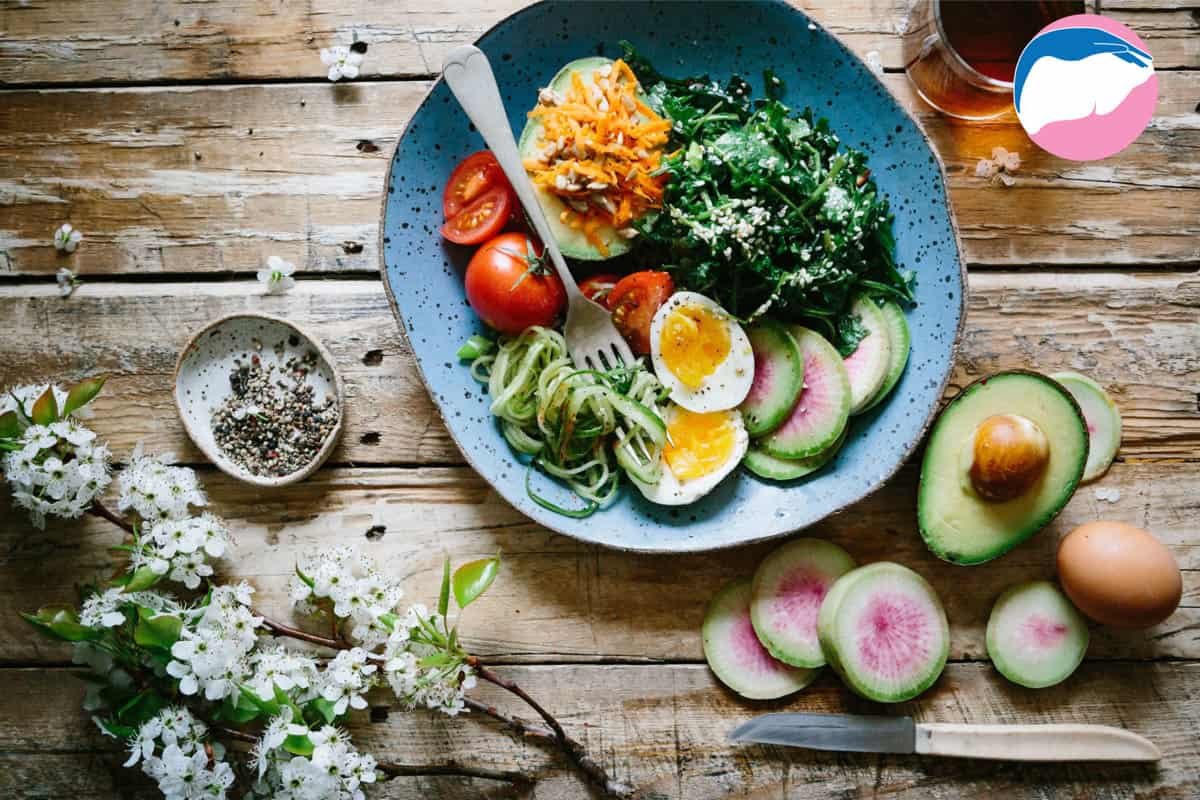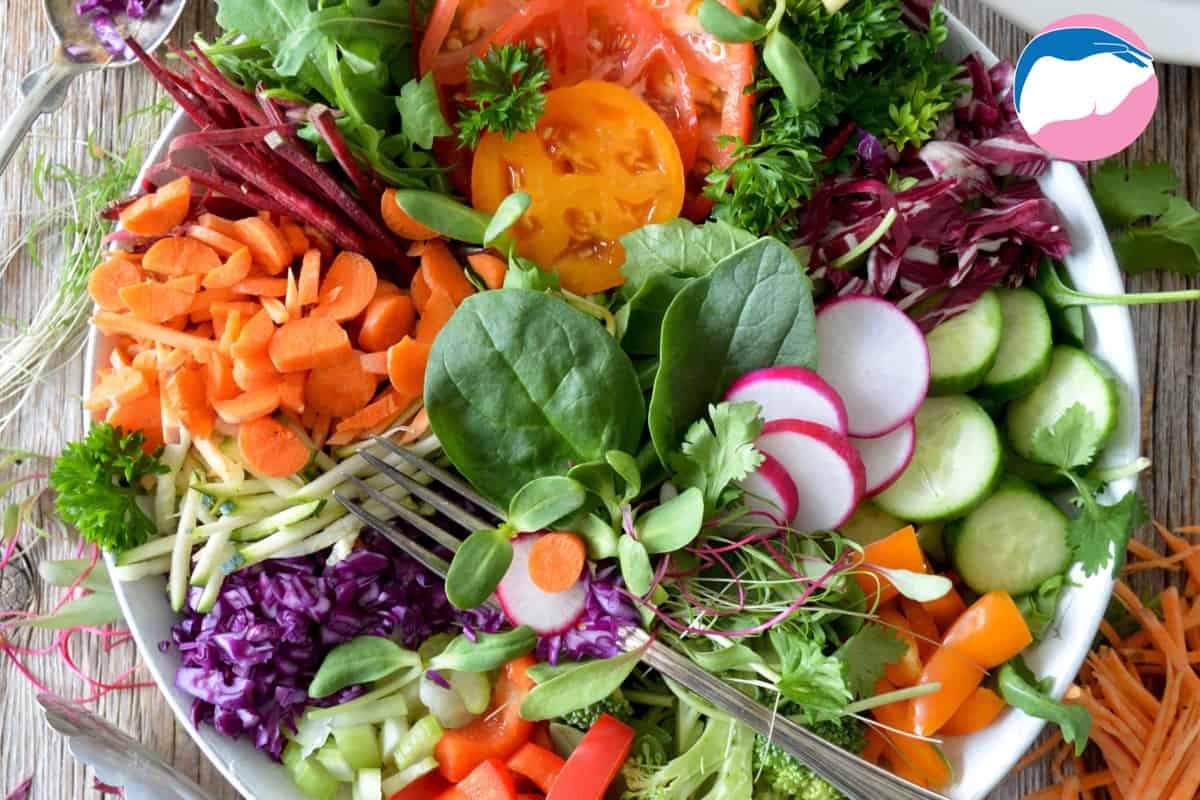Fatty liver disease is a condition in which fat accumulates in the liver, leading to a wide range of health problems. The disease is often caused by an increase in unhealthy eating habits and lack of physical activity. To counteract these problems, it is important to follow a healthy recipes, rich in healthy foods and low in unhealthy fats, sugars and processed foods. By doing this, you can reduce the risks of fatty liver disease and maintain a healthy lifestyle.
A. Overview of fatty liver disease
Fatty liver disease is a condition in which fat accumulates in the liver, leading to a wide range of health problems. The condition is often caused by an increase in unhealthy eating habits and lack of physical activity.
The condition can be either nonalcoholic or alcoholic. Nonalcoholic fatty liver disease is caused by eating too many unhealthy fats and sugars, or by a lack of physical activity. Alcoholic fatty liver disease is caused by drinking too much alcohol.
B. Benefits of healthy eating
Eating a healthy diet is an important factor in reducing the risks of fatty liver disease. Eating a balanced diet that is rich in fruits and vegetables, lean proteins, whole grains, and healthy fats can help reduce the risks of the disease.
Eating healthy foods can also help reduce the risk of other chronic diseases, such as diabetes and heart disease. Eating a healthy diet can also help maintain a healthy weight, which can reduce the risks of fatty liver disease.
Types of Healthy Recipes
There are several types of recipes that can help reduce the risks of fatty liver disease. These recipes include low-fat, low-sodium, low-carb, and low-sugar recipes. Low-fat recipes are those that are high in healthy fats, such as olive oil and nuts. Low-sodium recipes are those that are low in salt, such as fresh fruits and vegetables.
Low-carb recipes are those that are low in refined carbohydrates, such as whole grains and legumes. Low-sugar recipes are those that are low in added sugars, such as honey and agave nectar.
Eating Guidelines
In addition to following healthy recipes, there are several eating guidelines that can help reduce the risks of fatty liver disease.
These guidelines include cutting out processed foods, eating more fiber, eating more fruits and vegetables, and avoiding saturated fats.
Processed foods are those that are high in unhealthy fats and sugars and are often low in nutritional value. Eating more fiber can help reduce the absorption of fat and cholesterol in the body.
Eating more fruits and vegetables can provide essential vitamins and minerals, as well as help maintain a healthy weight.
Lastly, avoiding saturated fats can help reduce the risks of fatty liver disease.
Recipes
You can find a lot of easy-to-do and healthy recipes on Fatty Liver Guide –> read here.
In addition to following the guidelines mentioned above, there are several healthy recipes that can help reduce the risks of fatty liver disease. These recipes include salads, soups, main dishes, snacks, and desserts. Salads can be made with a variety of healthy ingredients, such as leafy greens, vegetables, nuts, and healthy fats, such as avocado or olive oil.
Here are healthy recipes to help you reverse liver damages:
A. Chicken Doctor
Ingredients:
-1 lb boneless skinless chicken thighs, cut into bite sized pieces
-3 cloves garlic, minced
-1 onion, chopped
-1 red bell pepper, diced
-2 tablespoons coconut oil
-2 tablespoons fresh ginger root, grated
-2 teaspoons ground turmeric
-1 teaspoon ground cumin
-½ teaspoon sea salt
-¼ teaspoon black pepper
Instructions:
1. Heat the coconut oil in a large skillet over medium heat. Add the chicken and cook until lightly browned on both sides, about 5 minutes. Remove from the pan and set aside.
2. Add the garlic, onion, and bell pepper to the same skillet with an additional tablespoon of oil if necessary and sauté for 3 minutes or until vegetables begin to soften.
3. Add the ginger root, turmeric, cumin, sea salt and black pepper to the pan and stir together for 30 seconds before adding the chicken back to the pan. Cook for an additional 3 minutes or until chicken is cooked through.
4. Serve hot over steamed rice with your favorite vegetables as a side dish or enjoy on its own!
B. Sautéed Carrot and Spinach Salad
Ingredients:
– 2 cups diced carrots
– 2 cups chopped spinach
– 1/4 cup extra virgin olive oil
– 1 teaspoon garlic powder
– 1 teaspoon ground black pepper
– 2 tablespoons fresh lemon juice
Instructions:
1. Heat the olive oil in a large skillet over medium heat.
2. Add the carrots and garlic powder and cook for 5 minutes, stirring occasionally.
3. Add the spinach, black pepper, and lemon juice to the skillet and cook for another 5 minutes until the vegetables are tender.
4. Serve the sautéed carrot and spinach salad warm or chilled. Enjoy!
—
Soups can be made with a variety of healthy ingredients, such as beans, vegetables, and lean proteins. Main dishes can be made with lean proteins, such as chicken or fish, as well as vegetables and whole grains.
Snacks can be made with a variety of healthy ingredients, such as nuts, seeds, and fruits. Desserts can be made with a variety of healthy ingredients, such as dark chocolate and fresh fruit.
Conclusion
In conclusion, fatty liver disease is a condition in which fat accumulates in the liver, leading to a wide range of health problems. Eating a healthy diet, rich in fruits and vegetables, lean proteins, whole grains, and healthy fats can help reduce the risks of the disease.
Additionally, following guidelines such as cutting out processed foods, eating more fiber, eating more fruits and vegetables, and avoiding saturated fats can help reduce the risks of fatty liver disease. Lastly, there are several healthy recipes that can be made with a variety of ingredients that can help reduce the risks of the disease.
Originally posted 2022-12-31 12:25:19.




